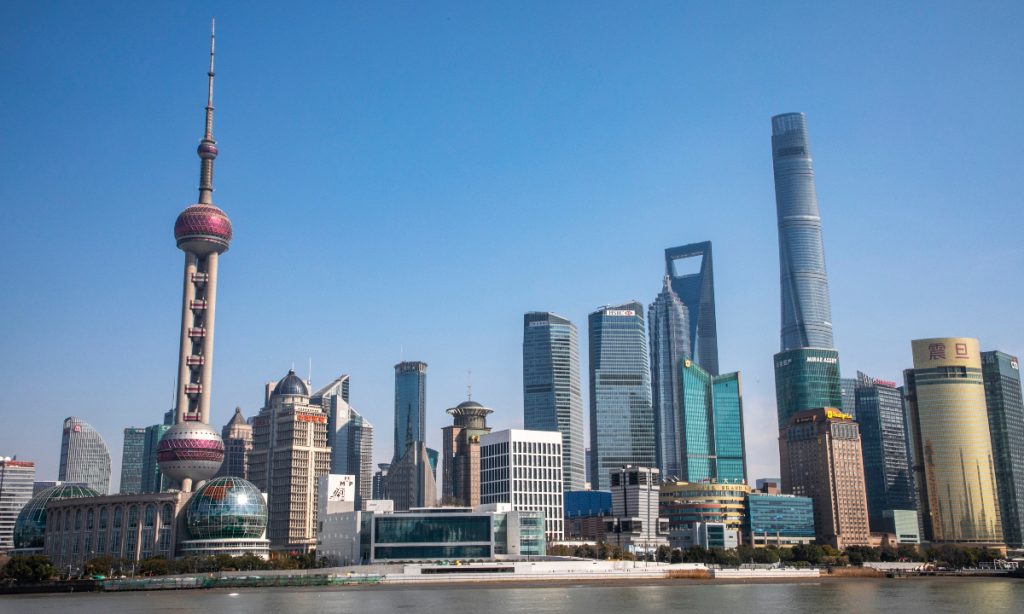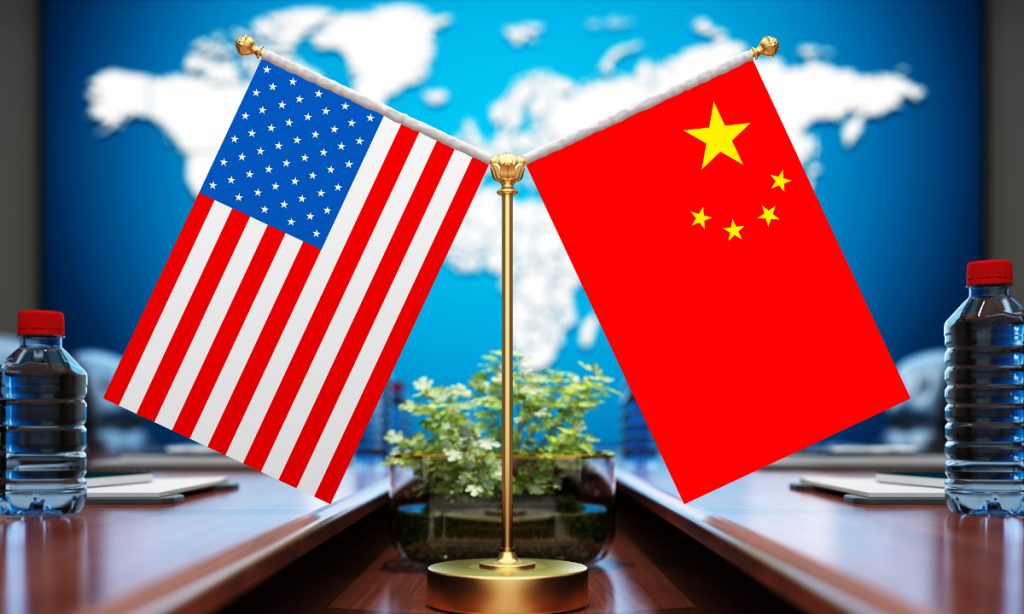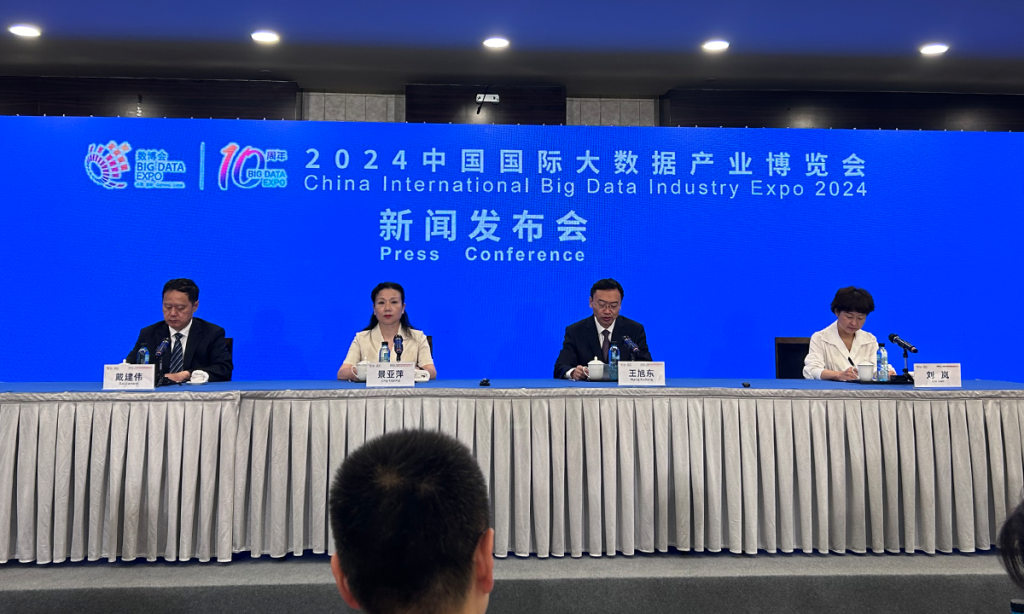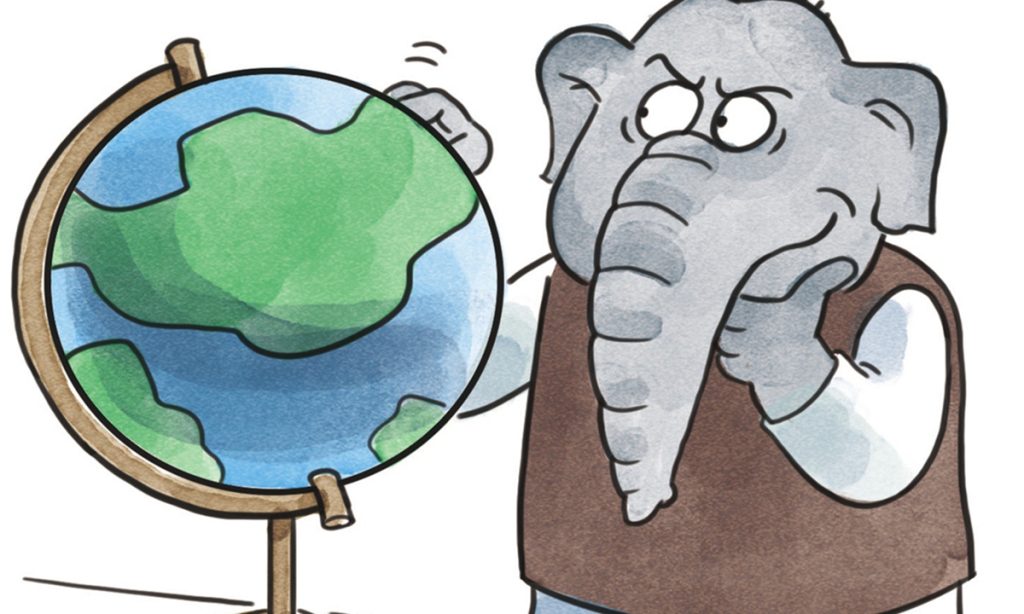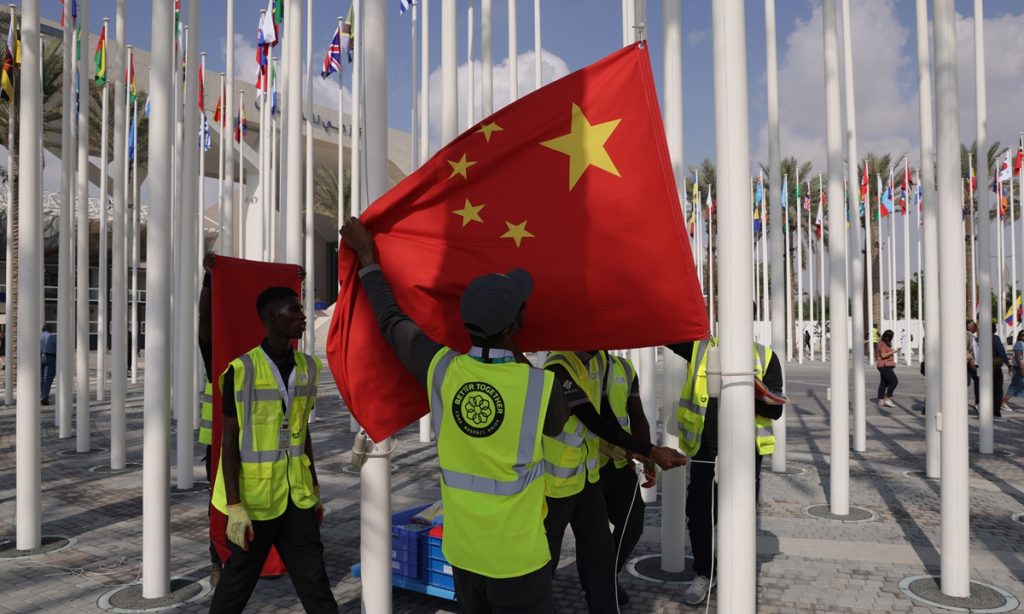Chinese biotech firms refute US bill, stressing they have no access to Americans’ personal data
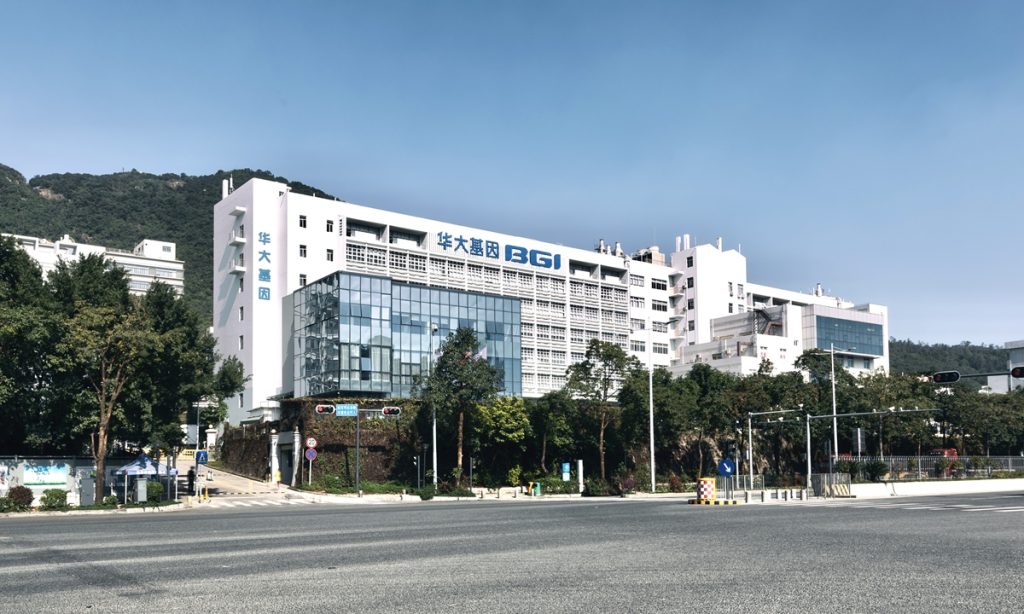
Chinese biotechnology firms including BGI, MGI as well as WuXi AppTec on Tuesday refuted the wrong allegations in a US bill passed by the US House of Representatives on Monday, stressing that the companies do not have access to Americans' personal data in their operations.
"We are deeply disappointed that the US House of Representatives has voted to advance the BIOSECURE Act," BGI said in a statement sent to the Global Times on Tuesday.
The bill is a false flag targeting companies under the premise of national security, and it serves to strengthen the monopoly in the genomics market held by a dominant US player that has been lobbying for the legislation, the company said.
"We reiterate that BGI poses no national security risks, that we strictly follow rules and laws, and we have no access to Americans' personal data in any of our work," it continued, saying that "We are disappointed that the US legislative process is being used to pick winners and losers."
The comment came as the US House passed the drafted BIOSECURE Act by 306 to 81 votes, which would prohibit the US government from contracting with, or providing grants to, companies that do business with a "biotechnology company of concern." It names five Chinese companies including BGI, MGI and its subsidiary Complete Genomics, WuXi AppTec, and Wuxi Biologics.
"As we have stressed repeatedly, MGI and Complete Genomics, as equipment vendors, do not have access to, collect, or maintain patient genetic data, our customers retain full control over any data they generate," MGI said in a statement sent to the Global Times.
Former FBI cybersecurity experts at FTI Consulting have validated the security of our technology and concluded it did not have any vulnerabilities nor capability to transmit data, MGI said.
"Baseless bills like this one, drafted under the guise of national security, are more likely to jeopardize global biosecurity by slowing the sector's progress, stifling our innovation, and making it harder for global companies to benefit and share from important medical breakthroughs. And less competition in the market will drive up costs for our industry and harm the people whose lives depend on research conducted on our sequencers," MGI said.
Wuxi AppTec said the company "has not posed, does not pose, and will not pose a security risk to the US or any other country," while reiterating that it does not have a human genomics business or collect human genomic data in the US, China or anywhere else.
The designation of Wuxi AppTec as a "biotechnology company of concern" is a preemptive and unjustified designation without due process, which the company strongly objects to, it said in a stock exchange filing.

